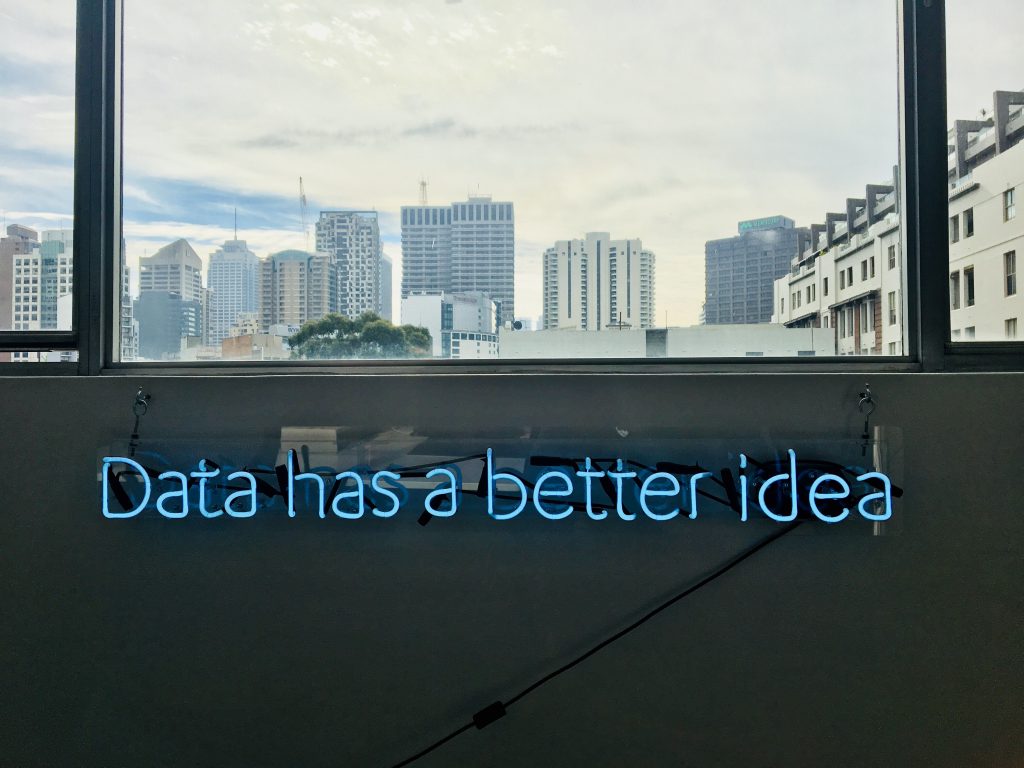By Neer Rama, Force Solutions Product Manager at thryve
It’s already feeling redundant to look at how the pandemic has impacted everything around us. And everyone agrees that technology and digitization are being propelled forward by those same needs. Yet the rate of change organizations now have to manage, and the role that artificial intelligence plays, deserve a closer look.
The World Economic Forum published an interesting article highlighting some of these trends. Two points caught my attention: the speed of decision-making led to agile data science, and a lack of historical data led to an upsurge of model-based AI.
WEF’s article primarily concerns itself with health data, but the impact of these points translate to all other industries as well. Predictive capabilities are now incredibly important, for two reasons: we need to analyze possible scenarios much faster than before, and we can see that companies without some predictive capability fell far behind their competitors.
How this impacts your business depends on your rate of change. Every company has a rate of change, and before the pandemic, we could often assume it’s a rate we could manage. Some sectors moved faster, others slower, but the speed of change was usually determined by the pack – the industry or vertical – that the business operated in.
Yet the crushing demands of staying ahead of the pandemic or riding the wave without the ship breaking apart – these priorities created urgency and uncertainty that can only be matched by useful data analytics. Hence the two points I lifted from the WEF article. Agile data science is now critical to managing your rate of change. Having such a capability is no longer optional – why else would we be willingly replacing effective data-consuming AI analytics with model-based AI?
AI was transformed in the early 2000s because big data could feed it information in ways models built to overcome data scarcity couldn’t. But the need to know has outstripped the supply of data around the pandemic. So when the chips are down, the choice of adopting AI-powered analytics isn’t about what data you have or if your organization is ready.
The choice is literally about operating past the uncertainties that the pandemic exposed. A recent PwC survey confirms this: the companies that could keep their supply chains operational and effective even during the worst of the pandemic rely on AI.
Many of those uncertainties already existed, and COVID-19 compounded them. What we could once approach at leisure now demands urgent intervention. If you’ve been wringing hands about adopting AI analytics, the message is clear: that was a luxury, and you now need to look at it as a necessity.
How do you do this? Start small, as in start with a specific area you know can improve your business. At thryve, we offer Salesforce’s Einstein Analytics, which includes Einstein Discovery – a data discovery tool that can handle many of the tasks data scientists provide. These services take existing customer data in your CRM and start to generate all types of scenarios and predictions that you can apply to your strategy. And as they use the Salesforce platform, deploying these as extensions or from scratch is neither risky nor expensive.
Using this approach, you can start to implement the steps to unify your data and eventually expand your AI advantages. Salesforce recommends the following:
- Establish a unified roadmap around top customer needs
- Choose the kind of journey you want for your most valuable customers
- Align your teams around common goals
- Define an omnichannel measurement model
- Get your data in one place
- Invest in the right change management to drive success that lasts
- Test, analyze, and optimize continuously
Once you and your organization start to understand the processes, outcomes, and value of AI analytics, you become more resilient, and you can better control your rate of change. Eventually, this capability will be part of any business. But right now, the leaders are adopting AI analytics, and the losers are closing their doors. This is a real watershed moment.
Fortunately, as I mentioned earlier, all this AI capability already resides on the Salesforce platform. If you already use Salesforce, Einstein Analytics and Discovery are ready to be deployed. And if you’ve not yet made the shift, adopting Salesforce is not a major risk. You can take a simple proof of concept and scale it in whatever way you need, funded through manageable OPEX rates.
There is no reason to wait. The world is now driven by AI analytics, equipping those who adopt it to reach the shore on the other side. Make sure your business is one of them.




